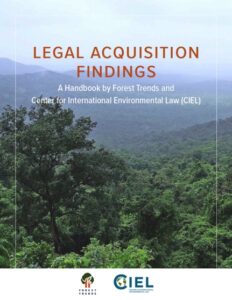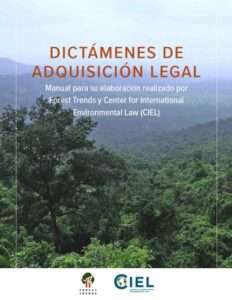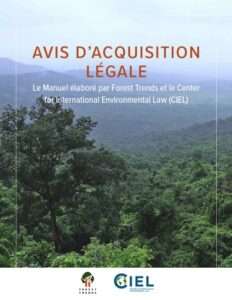Trading flora and fauna can pose challenges to protecting endangered species, particularly when that trade is conducted illegally. The Convention on International Trade in Endangered Species of Wild Fauna and Flora (CITES) is tasked with regulating the trade of endangered species, certifying that species were not obtained in contravention of the laws that protect them. To ensure that CITES-protected species are traded legally, CITES directs the Management of Parties to conduct a Legal Acquisition Finding before issuing an export permit.
Legal Acquisition Findings play a critical role in authorizing trade in specimens of species and, as such, are an essential tool in implementing CITES at a national level. To ensure that they are CITES-compliant and legitimate, parties must adopt national, broadly vetted guidelines. Doing so can:
- Ensure all affected stakeholders and decision-makers (including relevant ministries and agencies) have similar information regarding the Legal Acquisition Findings requirement and the importance of the Findings for the legality of wildlife trade;
- Increase transparency regarding both the information required for export and the process that the Management Authority will take in evaluating information before making a Legal Acquisition Finding, leveling the playing field;
- Clarify respective responsibilities in demonstrating legal acquisition and the consequences of failing to prove legal acquisition;
- Help ensure that the same procedures are followed when specimens are assessed for legality before export;
- Facilitate the exchange of information between Management Authorities in importing and exporting countries;
- Assist in reducing permits that are allegedly issued in contravention of the laws of countries involved in CITES-authorized transactions; and
- Reduce the use of CITES permits for fraudulent purposes.
To assist in developing Legal Acquisition Finding guidelines, the Center for International Environmental Law (CIEL) and Forest Trends developed Legal Acquisition Findings: A Handbook. The Handbook provides background information into establishing Legal Acquisition Finding guidelines and how they are made. While The Handbook is intended to be a comprehensive guide for situations requiring Legal Acquisition Findings or similar findings, not all guidance will apply in every country.
The illegal extraction of natural resources has been widely investigated, documented, acknowledged, and quantified in policy sectors outside the CITES process. The Handbook also includes information and recommendations on verifying legality that may go further than what CITES requires. Examples of different regulatory contexts include the European Union’s timber trade regulation. In doing so, The Handbook shows that CITES legal provisions for trade, and other legislative instruments can offer relevant officials mutually supportive tools to ensure enforcement cooperation and the best possible protection for the most vulnerable species around the world.
| Read the handbook in English: | Lea el manual en español: | Lisez le manuel en français: |
 |
 |
 |
| Read the handbook. | Lea el manual. | Lisez le manuel. |
Published on January 10, 2022
